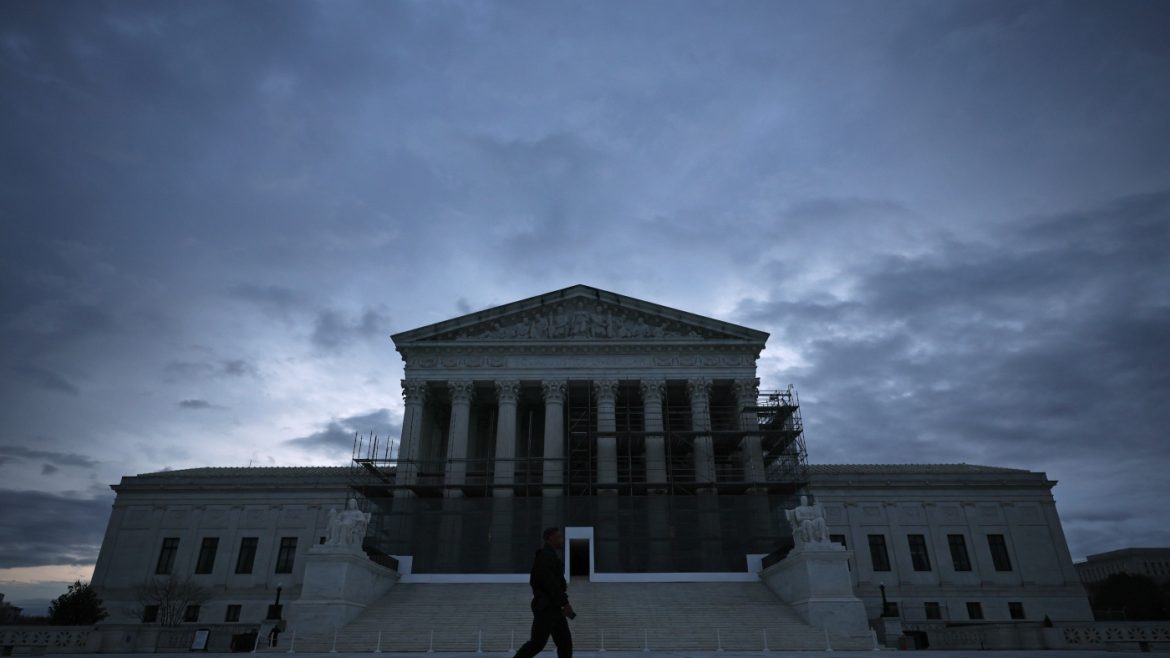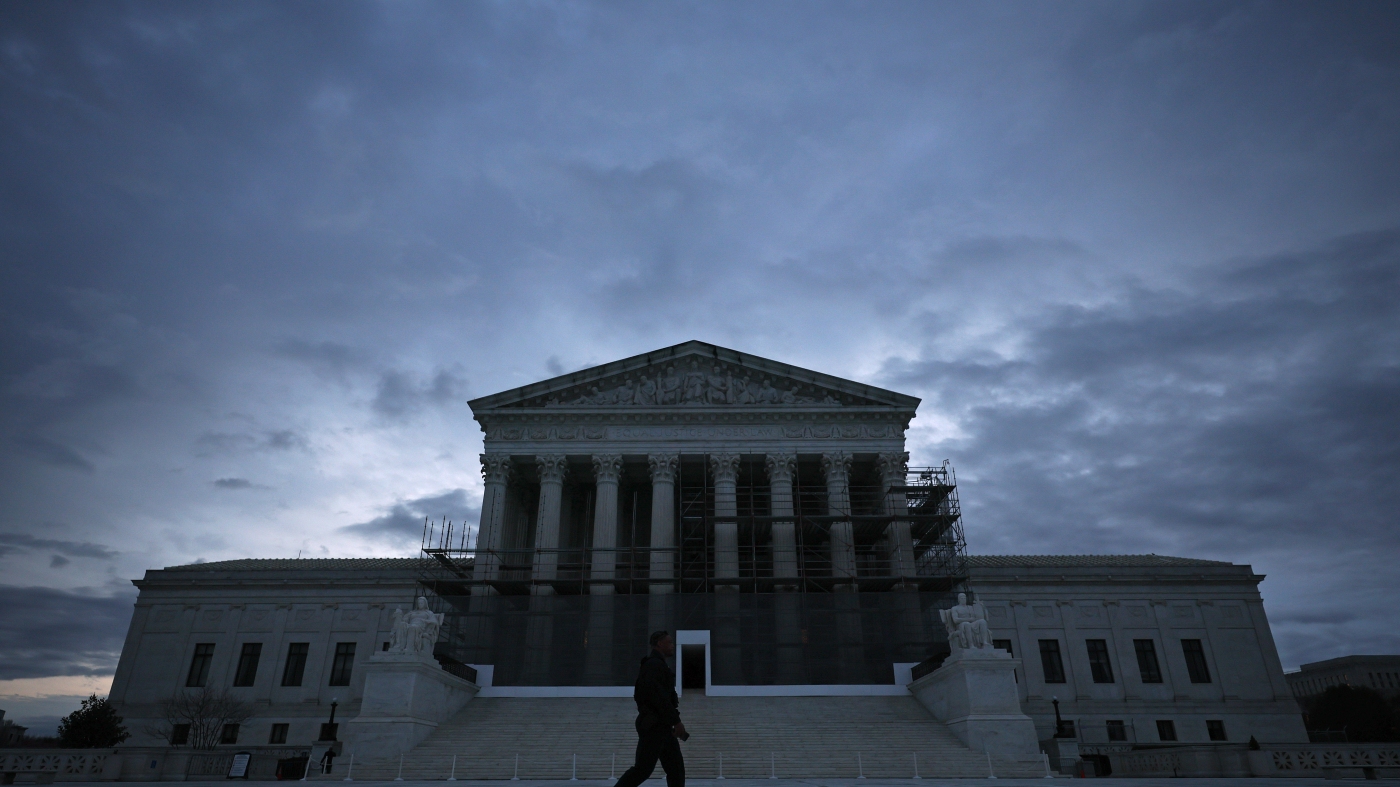The Supreme Court’s final weeks of the term always bring intense focus, but this season is shaping up to be especially consequential. Roughly two weeks remain before the Court wraps up its docket, and about 20 cases—nearly a third of those argued—still await decisions. Among these unresolved matters are some of the most high-profile and potentially transformative cases of the term, ensuring the closing weeks will be far from quiet.
The Stakes: A Case Load Loaded with Significance
The backlog of cases left undecided encompasses a broad spectrum of critical legal questions. From administrative law to election-related issues and sensitive social topics like reproductive rights, the Court’s upcoming rulings are poised to leave a lasting imprint on American law and society.
One particularly consequential thread involves abortion policy, exemplified by a pending ruling on the abortion pill. Some legal scholars suggest even justices historically hostile to abortion and skeptical of administrative agencies may hesitate before endorsing recent lower court decisions, reflecting the complex intersection of law, politics, and public health that these cases epitomize.
Similarly, major administrative law precedents face revision, as the Court has already begun reshaping doctrines that governed regulatory authority for decades. These landmark shifts signal a new judicial approach that could recalibrate the balance of power between regulatory agencies and the judiciary.
The Shadow of Election Legal Battles
The term’s final stretch also remains shadowed by the ongoing legal battles surrounding former President Donald Trump. Cases addressing whether Trump enjoys immunity from criminal prosecution amid allegations of election interference continue to captivate attention, underscoring how intertwined the Court’s work has become with broader political developments.
This intertwining extends beyond Trump-specific cases. Emergency appeals and challenges to executive orders tied to the previous administration have dominated recent Court activity, projecting an image of a judiciary actively navigating highly charged political terrain. The Court’s handling of these matters will likely influence perceptions of its role during an election season simmering with tension.
Administrative Law and Regulatory Rulemaking on a New Track
Among the term’s defining features is the Supreme Court’s notable recalibration of administrative law. Historic doctrines such as those established under the “Chevron” framework are under scrutiny, with recent rulings signaling the Court’s intent to limit deference previously granted to federal agencies interpreting statutes. Such decisions potentially limit agencies’ regulatory reach and shift power toward the judiciary and legislative branches.
This recalibration reshapes not only the legal landscape but also the practical governance of federal policy. Longstanding agency rules on diverse issues—from environmental protections to healthcare regulations—may now encounter a more skeptical judicial review. The implications extend far beyond the cases themselves, suggesting a more cautious regulatory environment in the future.
Abortion Pill: A Test Case in Judicial and Political Complexity
The abortion pill ruling highlights the complexity of contemporary Supreme Court decisions. The controversy involves questions of administrative authority, state versus federal power, and deeply polarizing social values. The Court’s impending decision could reaffirm or restrict access to this medication, affecting millions and sparking nationwide debates.
What makes this case remarkable is the potential for unusual alliances or fractures among the justices, reflecting both legal reasoning and realpolitik considerations. Even justices known for conservative leanings may hesitate, aware of the broader ramifications beyond merely legal precedent. The case encapsulates how the Court’s decisions resonate far beyond courtroom walls, touching on fundamental societal divisions.
The Court’s Pace and Pressure as Term Ends
As the Court enters this crucial homestretch, the pressure mounts to produce opinions before the term concludes in late June or early July. The ambition is to avoid the delays that sometimes push rulings into the summer months, a period typically quieter on the judicial front.
However, the weight and complexity of the remaining cases, combined with the broader political climate, suggest this will be a tumultuous wrap-up rather than a quiet finish. The accumulation of politically charged, constitutionally weighty matters means the Court faces not only legal challenges but also the challenge of maintaining public legitimacy amid heightened scrutiny.
Conclusion: A Term Defined by Turbulence and Transformation
The Supreme Court’s final weeks of this term promise to reverberate through the legal and political landscape for years to come. With about 20 high-stakes cases pending, from abortion policy battles and administrative law shifts to election-related controversies, the Court’s decisions will profoundly influence the nation’s legal architecture.
This term exemplifies a Court at a crossroads: recalibrating long-standing legal doctrines while navigating an intensely polarized political environment. How the justices resolve these cases will shape not only governance and rights but also public confidence in the judiciary itself. As the justices prepare to issue their opinions, one certainty stands out—the approaching end of the term will conclude with impactful rulings, ensuring the Supreme Court’s thunderous, not meek, finale.


